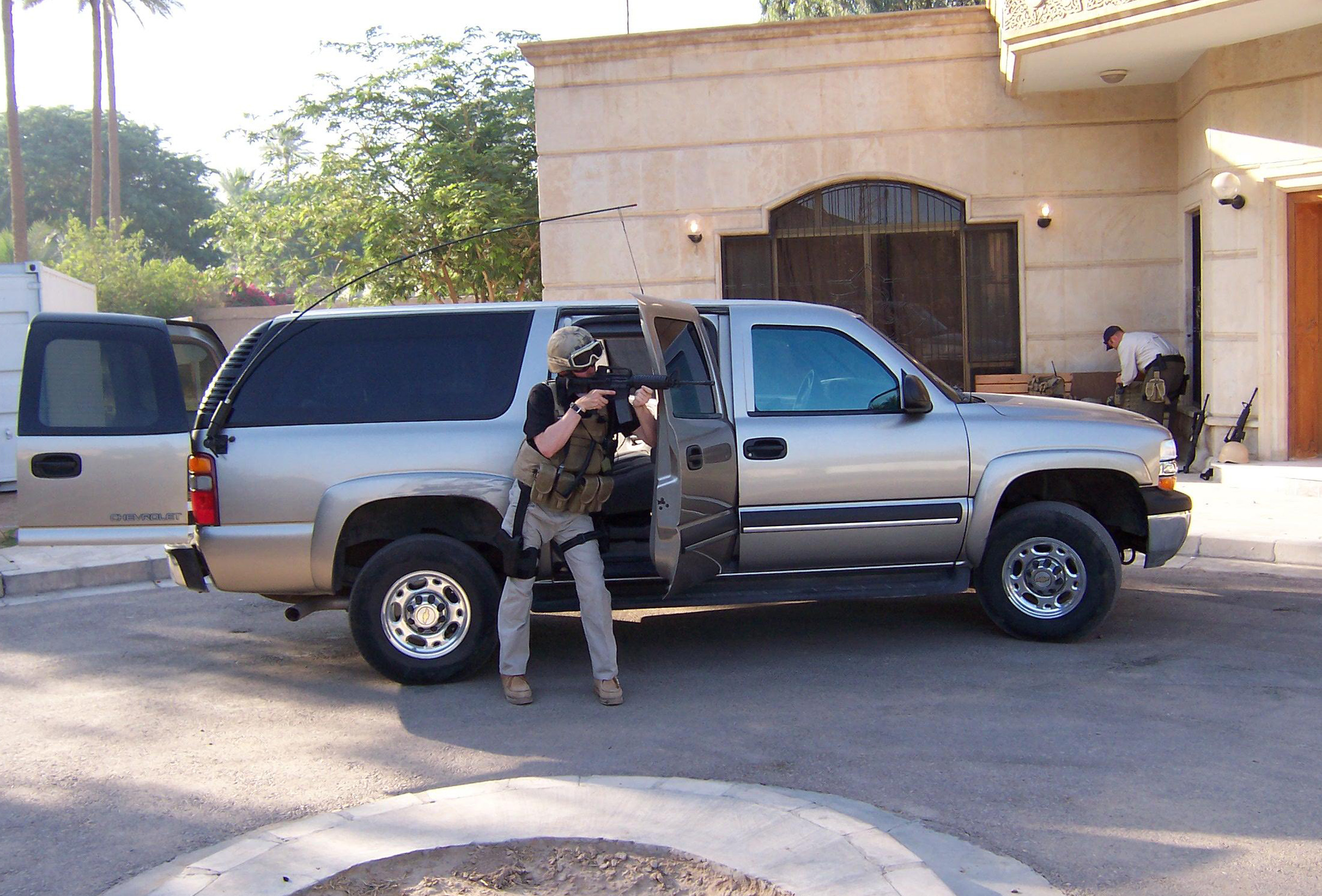
by Kathie Malley-Morrison & Anthony J. Marsella
This Fourth List of Living Peace and Justice Leaders continues our efforts to honor the life and work of Reverend Martin Luther-King, Jr. Reverend King’s legacy of peace, justice, and non-violence changed the world, inspiring hope in those whose lives are oppressed by the evils of racism and the abuses of political rank and status.
We are eternally grateful for Reverend King’s efforts to free people and nations from the brutal oppressions imposed by governments, nations, societies, organizations, and individuals. Our spirits are buoyed by the thousands of living peace and justice leaders whose activism and advocacy insure Reverend King’s sacrifices will not be forgotten.
LIST 4, Part 1
The presence of peace and justice advocates and activists across time and place are testimony to the enduring human spirit to resist oppression, to claim liberty, and to endure, even at the cost of life. Individuals recognized on Lists 1- 4 are part of the tradition of resistance to oppression and commitment to peace and justice though non-violence. They occupy a special “sacred” status in our minds and hearts for their efforts to advance the human condition.
And then there are the beautiful and inspiring words from the Sermon on the Mount, resonating across time and place: “Blessed are the peace makers, for they shall be called children of God.” (Matthew 5.9 KJV).
Today we present the first 30 names in our newest List of Living Peace and Justice Leaders and Models. We thank them for their efforts and sacrifices.
LIST 4
- Al-Obaidi: Abdul Kareem Al-Obaidi, mental health advocate for victims of war and terrorism
- Ashy: Majed Ashy, advocate for peace and human rights as pre-requisites for mental and physical health
- Arkin: William Arkin, investigative reporter, Washington Post, Top Secret America
- Atkinson: Moya Atkinson, social worker, addresses prisoner isolation
- Atran: Scott Atran, anthropologist, studies terrorism
- Bamford: James Bamford, author, journalist, focuses on NSA
- Beam: Amy L. Beam, humanitarian assistance for Yazidis
- Beydoun: Khaled Beydoun, expert on institutionalization of Islamophobia
- Billoo: Zahra Billoo, civil rights activist, exec. director San Francisco Bay Area chapter Council on American Islamic Relations
- Bourgeois: Father Roy Bourgeois , founder of the human rights group School of the Americas Watch
- Boyce-Simms: Pamela Boyce-Simms, Convenes the Mid-Atlantic Transition Hub (MATH), a six-state network of environmental activists
- Braun: Marie Braun, anti-nuclear weapons activist
- Bronzaft: Arline Bronzaft, environmental psychologist, activist & leader
- Brown: Craig Brown, progressive community organizer
- Benjamin: Medea Benjamin, co-founder Code Pink
- Chailert: Lek Chailert (Thailand), Elephant Nature Park Care
- Chung: Rita Chung, GMU professor Global Refugee Trauma Work
- Cohn: Marjorie Cohn, legal scholar, political analyst, social critic
- Conley: Julia Conley, staff writer Common Dreams
- Corbett: Jessica Corbett, Common Dreams writer
- Cunningham: Finian Cunningham, newspaper journalist focusing on international affairs
- Daley-Harris: Sam Daley-Harris, hunger eradication advocate and democracy activist
- Dariyani: Angad Dariyani Aims at solving large-scale problems for developing countries like India
- Davis: Martha Davis, film director, On the dark side
- Dellums: Ronald Dellums, civil rights and anti-war activist
- Desai: Miraj Desai, researcher focusing on cultural, community, and social justice perspectives on mental health
- Dharm: Bhawuk Dharm, research on cultural sensitivity, ethics, whistle-blowing
- Dorrel: Frank Dorrel, anti-war film maker
- Dueck: Alvin Dueck, peace psychology teacher
- Ecklein: Joan Ecklein, peace and social justice activist



